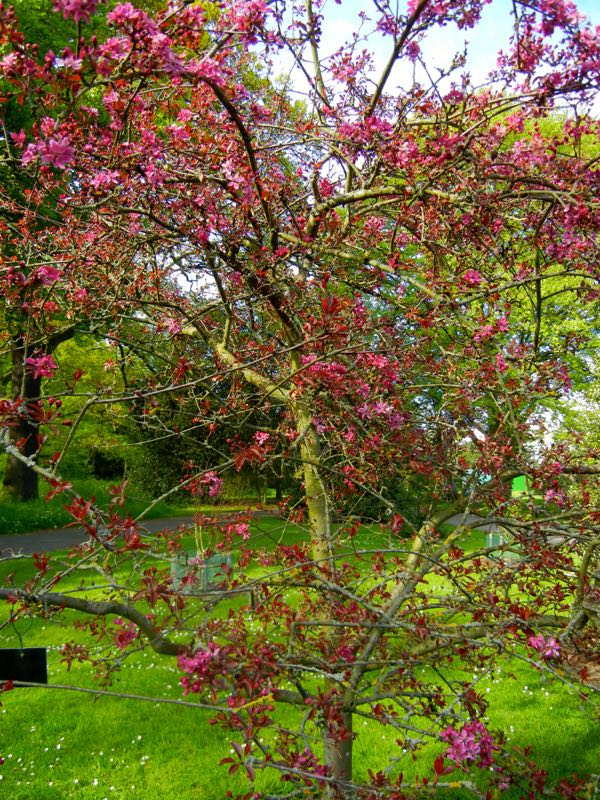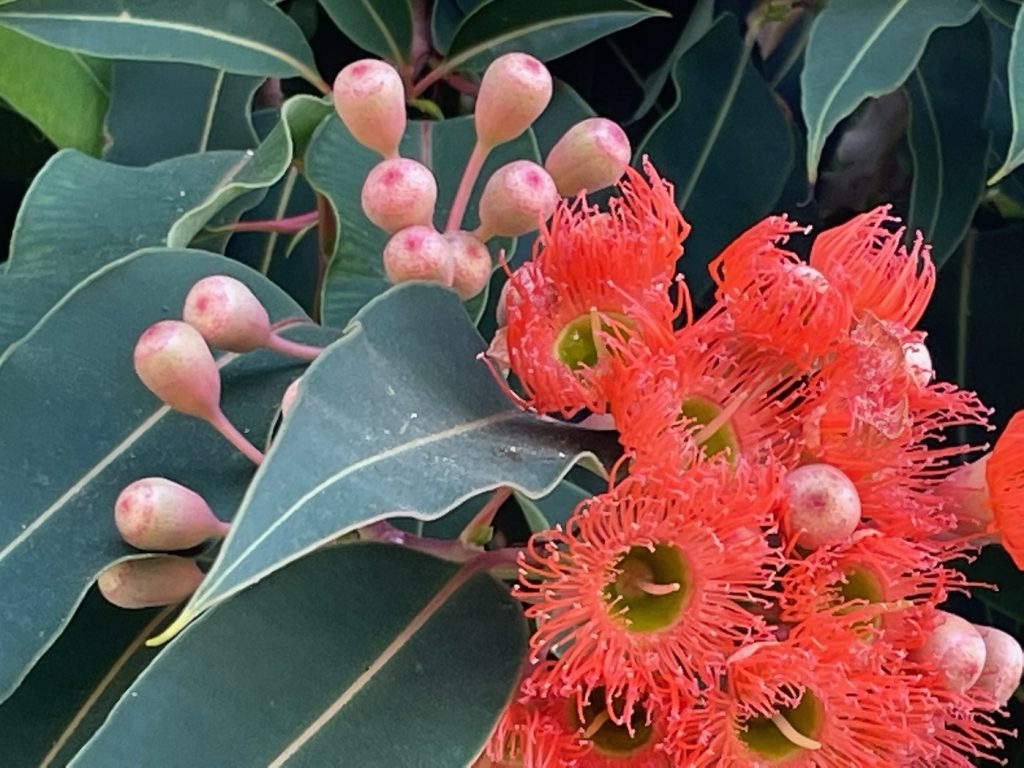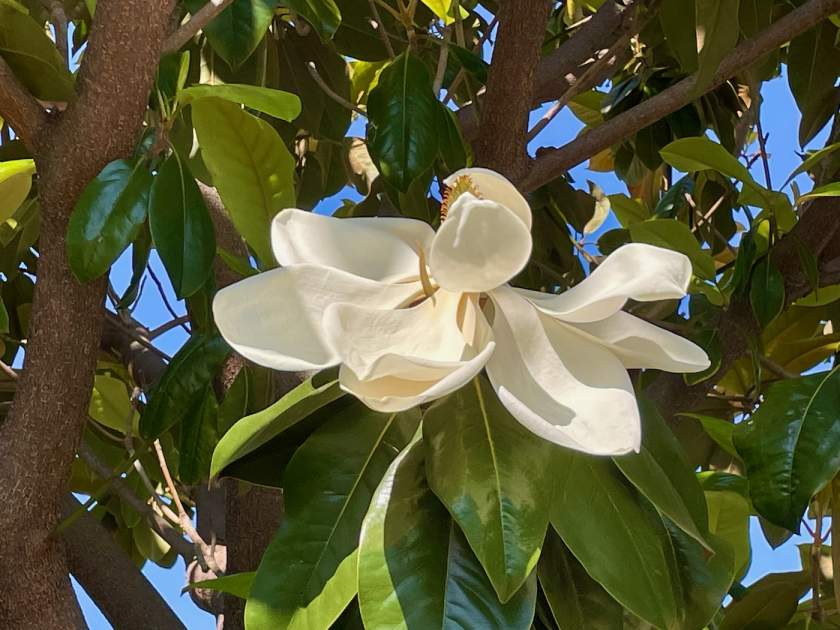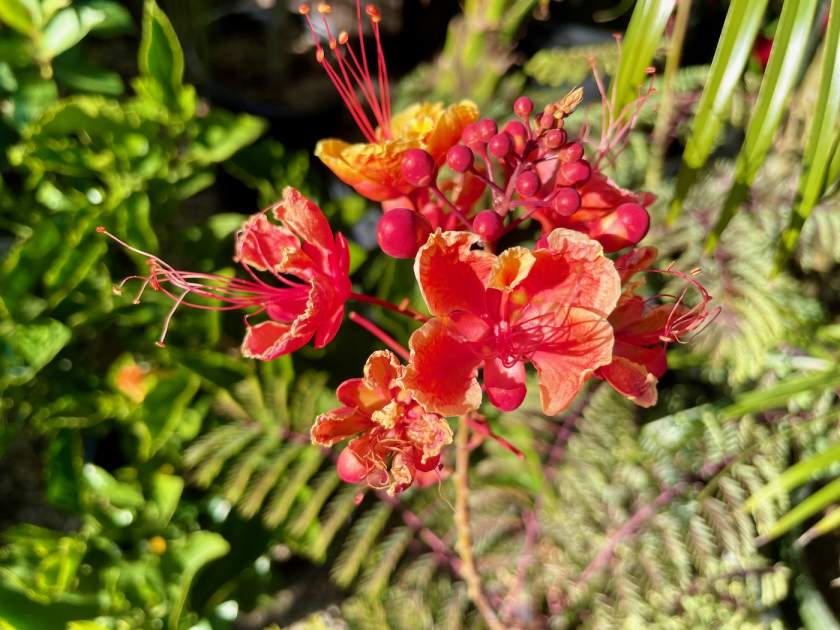Malus purpurea ‘Aldenhamensis’ – Growing Requirements
Malus purpurea ‘Aldenhamensis’ is a deciduous flowering crabapple tree known for its vibrant colors and ornamental features. It belongs to the Rosaceae family of plants and is commonly referred to as the Wine Red Crabapple. With its compact size, it can reach a height of up to 4 meters (13 feet) at maturity, making it an excellent choice for smaller gardens or as an accent tree.
Characteristics: The tree exhibits a dense and rounded growth habit, with branches covered in stunning foliage and flowers. The foliage of Malus ‘Aldenhamensis’ emerges as purple-bronze in spring, gradually maturing into a rich bronze-green color. This changing foliage adds visual interest throughout the growing season.
Flowers: Malus ‘Aldenhamensis’ produces abundant and showy flowers in deep reddish-pink tones, resembling the color of cranberries. The flowers can be either single or double, creating a captivating display of color. When in full bloom, the tree becomes a focal point in the landscape, attracting attention and adding a touch of elegance.
Flowering Season: The tree blooms profusely in spring, typically during April or May, depending on the local climate. The flowering period is relatively short but spectacular, as the branches become adorned with clusters of vibrant pink flowers. This burst of color signals the arrival of the growing season and heralds the transition to summer.
Foliage: As mentioned earlier, the foliage of Malus ‘Aldenhamensis’ starts with purple-bronze hues, which gradually transform into bronze-green as the season progresses. The leaves are oval-shaped, creating a pleasing texture and providing an attractive backdrop for the tree’s striking flowers. The colorful foliage adds depth and visual appeal to the overall aesthetic of the tree.
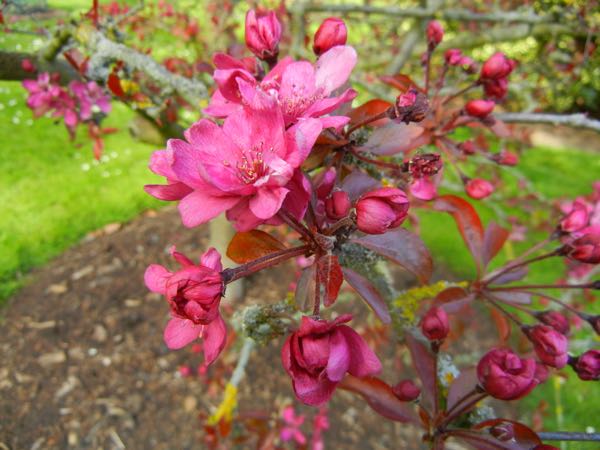
Growing Requirements for Malus purpurea ‘Aldenhamensis’:
To ensure the successful growth of Malus ‘Aldenhamensis’, consider the following requirements:
Light: Plant the tree in a location that receives full sun exposure. Adequate sunlight promotes healthy growth, enhances flower production, and intensifies the colors of both foliage and flowers.
Soil: Choose fertile, well-drained soil for optimal growth. While the tree can tolerate a variety of soil types, including loam and sandy soil, it thrives best in soil that retains moisture without becoming waterlogged.
Watering: During the first year, provide regular watering to establish the tree’s root system. Once established, the tree is relatively drought-tolerant but benefits from consistent moisture. Monitor the soil moisture and water when the top inch of the soil feels dry.
Pruning: Perform pruning during the dormant season, preferably in late winter or early spring before new growth emerges. Remove any dead, damaged, or diseased branches to maintain the tree’s health and appearance. Additionally, selective pruning can shape the tree according to your preferences.
Fertilization: Apply a balanced slow-release fertilizer in early spring to provide essential nutrients. Follow the manufacturer’s instructions for application rates and methods. Avoid excessive fertilization, as it can lead to excessive vegetative growth and reduced flowering.
Fruit and Wildlife: After the flowering season, Malus ‘Aldenhamensis’ produces dark red fruits that add further ornamental value to the tree. These fruits are attractive to birds and can also be used for making jellies, contributing to the overall ecological value of the tree. Furthermore, the blossoms attract butterflies and bees, supporting pollinators and creating a lively garden environment.
